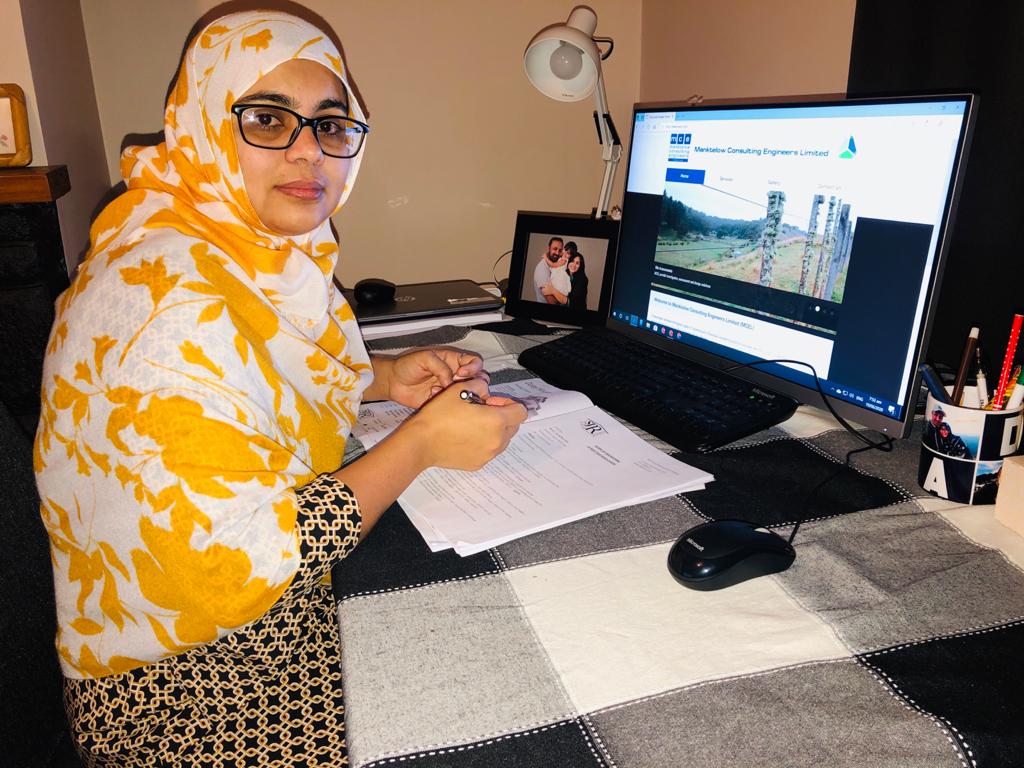
Atiqa Rashid
Atiqa, tell us more about the project you entered into the awards?
I was project manager and structural engineer for the design of two workshops for Extreme Boats, a company that sells products locally and worldwide, based in Whakatane.
The project was quite complex. Foundations had to be set quite deep into the ground, and the buildings store hazardous material, so the fire safety requirements were high. The building also has a large mobile crane located above the workspace.
You’re up against some other strong candidates. What would it mean to you to win?
I’m one of six finalists in the design category. If I won, it would be a fantastic recognition of all of the hard work that went into the project. I’d be very happy.
The awards can become a crucial step in your progress as an engineer. An entry in the awards, no matter whether you become a finalist or not, motivates you to strive to be the very best you can be. The awards and other events that Women in Construction put together help you progress further in your career.
We all know that women are underrepresented in the construction industry. It’s essential that we have a platform to showcase our skills amongst others who have a similar background.
Would you recommend other women join Women in Construction?
I’ve been a member of the organisation for a year and have attended some of their online events. The organisation gives women who work in the construction industry the opportunity to support each other. It’s an excellent channel for professionals to promote the great work we’re doing.
Have you always been a structural engineer?
I started my engineering career in transportation in Pakistan.
I didn’t cover timber structures as material while studying engineering in Pakistan as it’s not readily available. When I moved to New Zealand, I became a structural engineer. I started from a point where I had no understanding of the standards, definitions and how to design timber structures! I’m proud that I’ve achieved my qualifications as a structural engineer in a very short time.
After three and half years working in New Zealand, I’ve submitted my charter application, whereas it usually takes over six years to get to the point where you can apply.
Next steps
Winners are announced on 7 May at the NAWIC Awards
